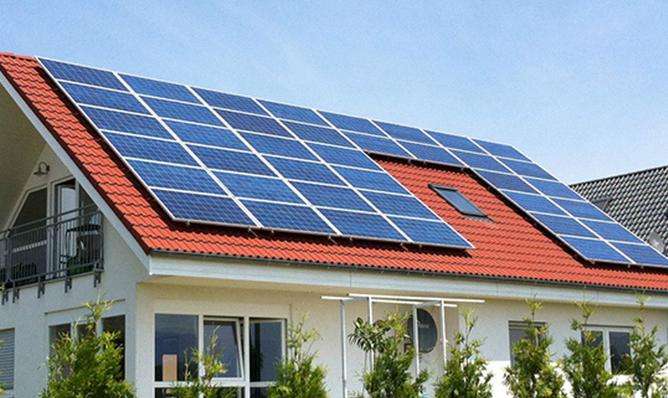will change.
We can find on the Internet that the heat required to vaporize 1 mole of water at 100 degrees Celsius is 40.63 kJ. At the same time, due to the expansion of the gas, water vapor will do part of the work on the environment, which can be calculated as follows: w=pV=nRT, which is approximately 3.1 kJ. After deducting this part, it is the increase in the internal energy of the water.
Once water vaporizes, it turns into water vapor, but water vapor is still water and water will not disappear. If we only look at the liquid part of the water, the problem is different. I can only say that the internal energy of liquid water decreases, because internal energy is a quantity related to the amount of matter. As the amount of matter in liquid water decreases, the internal energy also decreases.
The internal energy is the sum of the kinetic energy and the potential energy of the molecules inside the oobject. Then the average kinetic energy of molecules in water with the same temperature and mass is the same, because they. are all water and are in the same physical state, then the temperature When the same and the same mass, the molecular potential energy is the same
Okay, now let's look at the topic
p>
Because the mass of a glass of water is greater than that of a bucket of water, the mass of a bucket of water is greater. Therefore, there are more water molecules in this bucket of water.
Because. the temperatures of both are the same, the kinetic energy of each molecule in the glass of water and the bucket of water is the same. At this time, assuming that the kinetic energy of the molecules is E, in the glass of water The number. of water molecules is a, the number of water molecules in a bucket of water is b, then the total kinetic energy of the molecules in a cup of water is aE and the total kinetic energy of the molecules of water in a bucket of wateris bE
Because I already said that there are more water molecules in a bucket of water, so there is aE<bE
Because water in a glass of water and a bucket of water are in the same physical state, so each The potential energy between the molecules is equal
At this point, we assume that the energy potential between each molecule is E2, the number of water molecules in a cup of water is a, and the number of water molecules in a bucket of water is b, then we have The potential energy of molecules d water in a cup of water is aE2, and the potential energy of water molecules in a bucket of water is bE2
So aE2 Because 'internal energy is the sum of the kinetic energy and the potential energy of the molecules, aE<bE, aE2<bE2, There is therefore aE+aE2< bE+bE2 It can be seen that under the same temperature, a glass of water The internal energy of is smaller than the internal energy of a bucket of water














